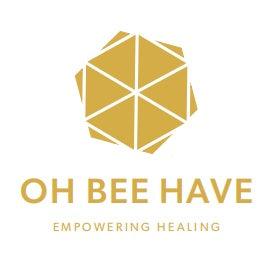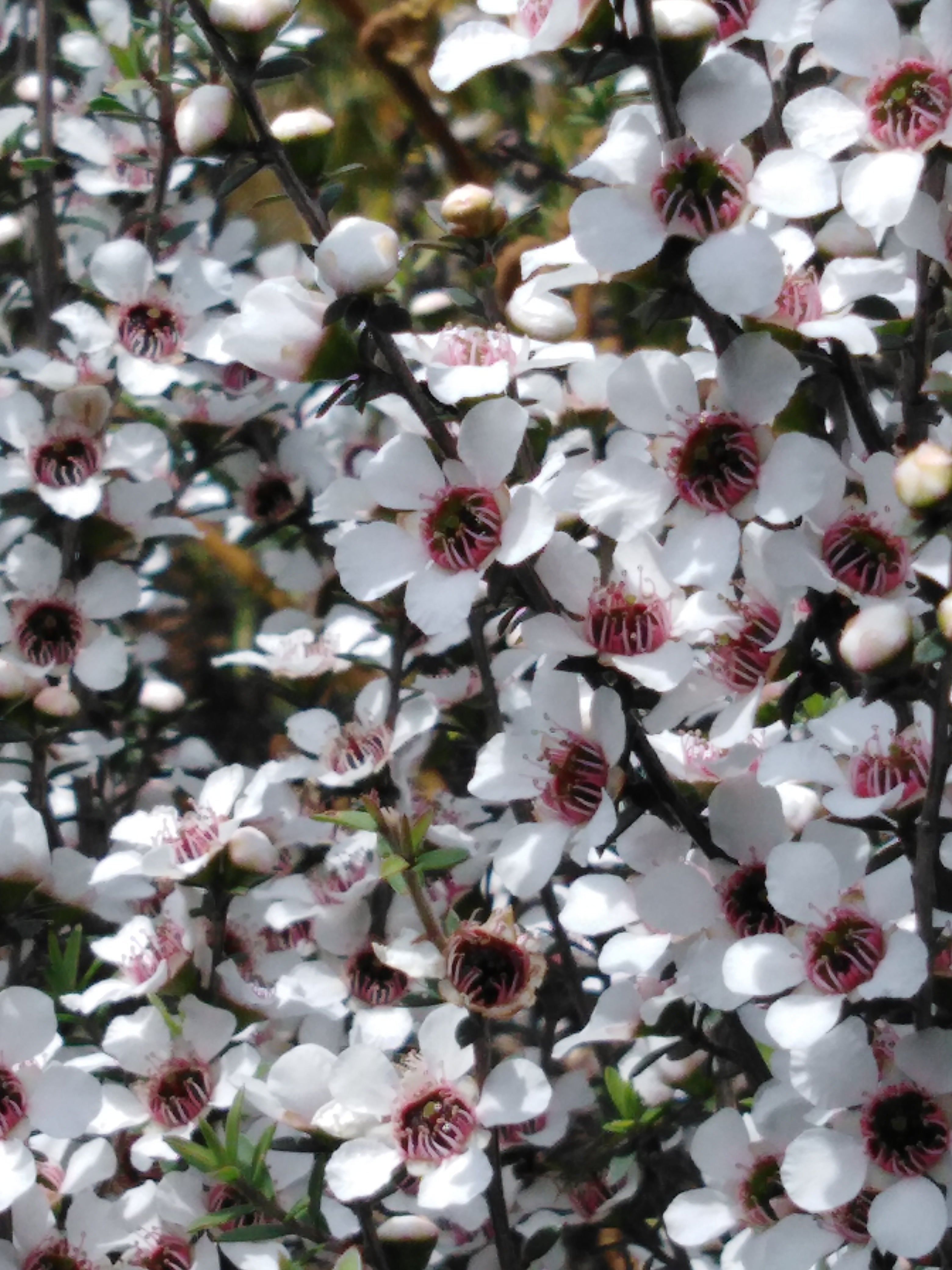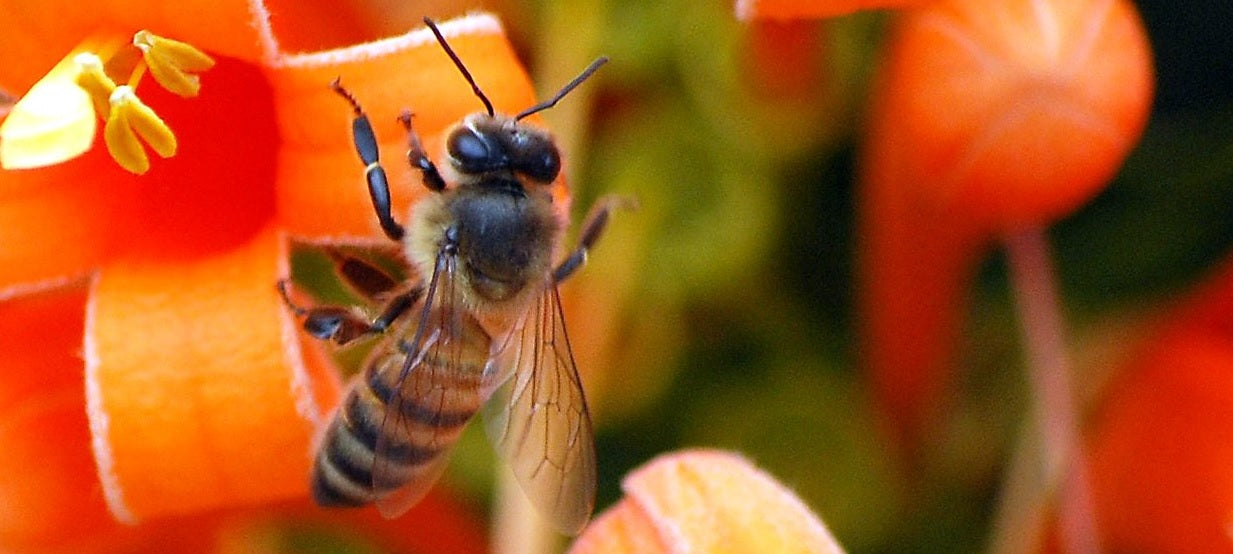level 4 science

The structure of methylglyoxal is shown above. It is a di-carbonyl mole containing one aldehyde and one ketone functional group along with a methyl group. It has the ability to form polymers, which is also shown above. The di-carbonyl is highly reactive towards thiols residues (-SH) in a reversible reaction.
The reactions with lysine and arginine can be reversible and irreversible with many different final end products. It can also result in protein cross-linking and formation of protein aggregates.
The reactions with lysine and arginine can be reversible and irreversible with many different final end products. It can also result in protein cross-linking and formation of protein aggregates.
The reaction of MGO with glucose oxidase in Manuka honey has been shown to inhibit this enzymes activity. Glucose oxidase produces hydrogen peroxide so the inhibition of this enzyme prevents hydrogen peroxide formation. This is why Manuka honey contains NPA or non-peroxide based antimicrobial activity. It is also given a UMF label or unique manuka factor. This recognition of the unique properties of the antimicrobial molecules within Manuka honey.
The modification of a protein or an enzyme with MGO results in functional changes in proteins and also changes the surface properties of the protein or its zeta potential (changes the charges on the surface of the protein). Lysine residues in proteins has an important role in protein cross-linking of fibrin, fibronectin and collagen in wound healing, which increases the stability of the clot and extracellular matrix proteins. The blocking of transglutaminase cross-linking sites is proposed to reduce the stability of these proteins which makes then more susceptible to protease breakdown. This may be one of the reasons why Manuka honey heals without scarring in a embryonic regenerative healing response which results in scar free healing and restoration of the tissues functional properties.
If you would like to know more and start getting into the scientific details then see level 5.


